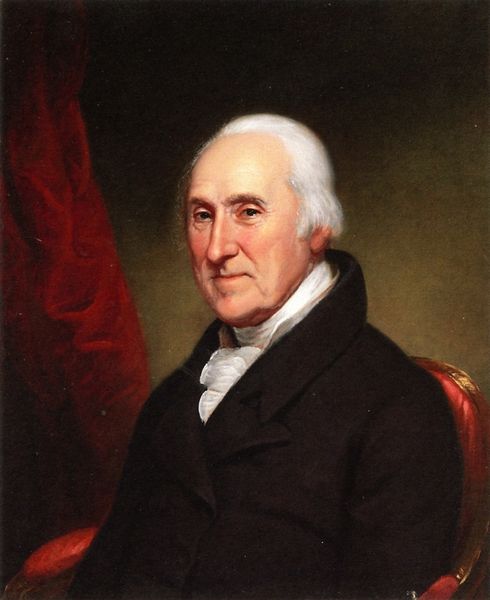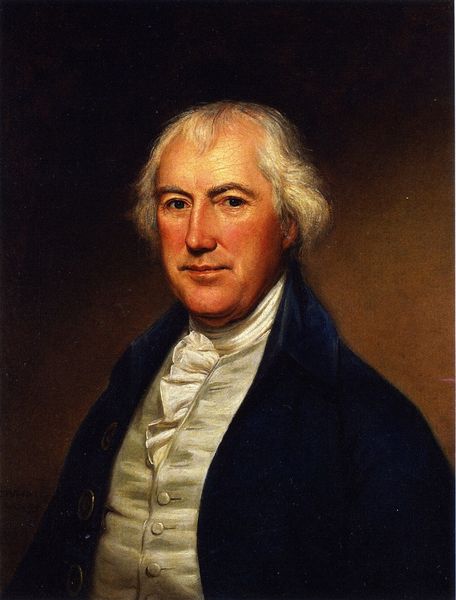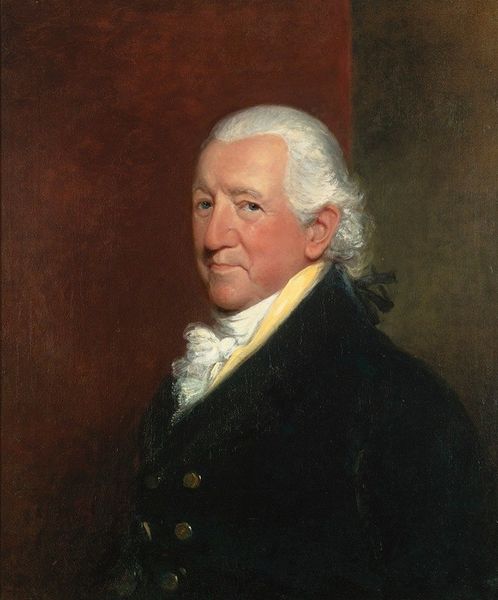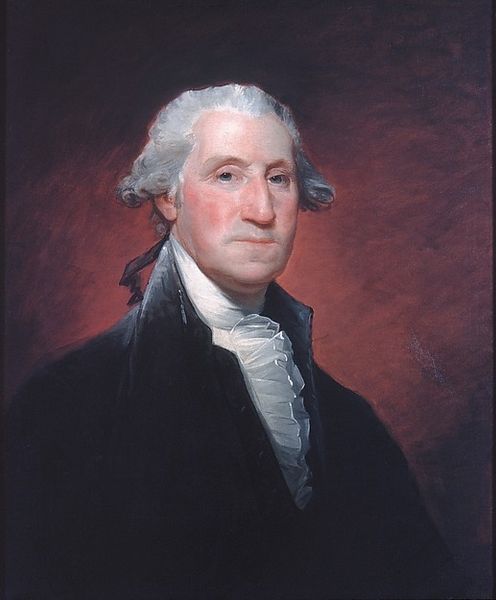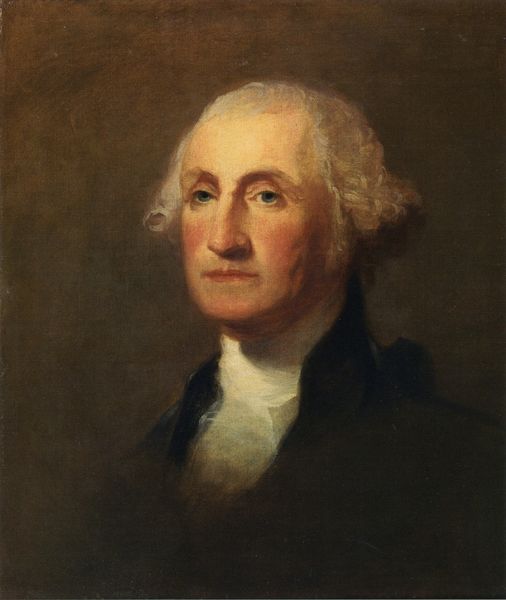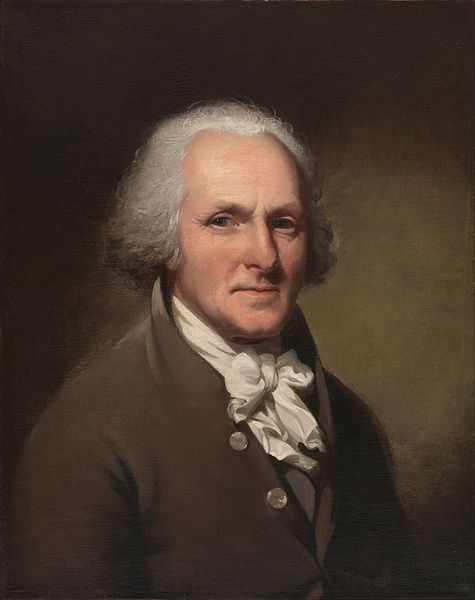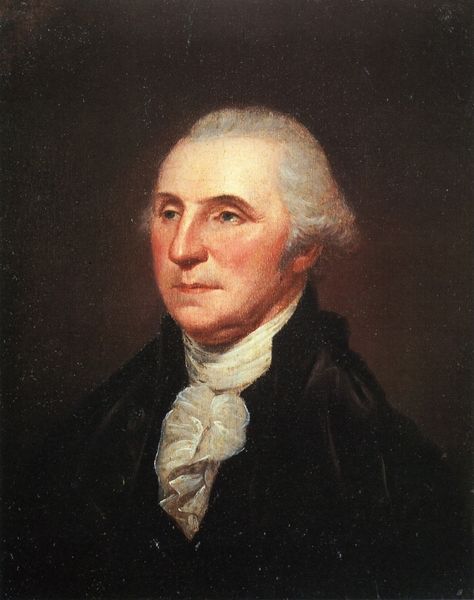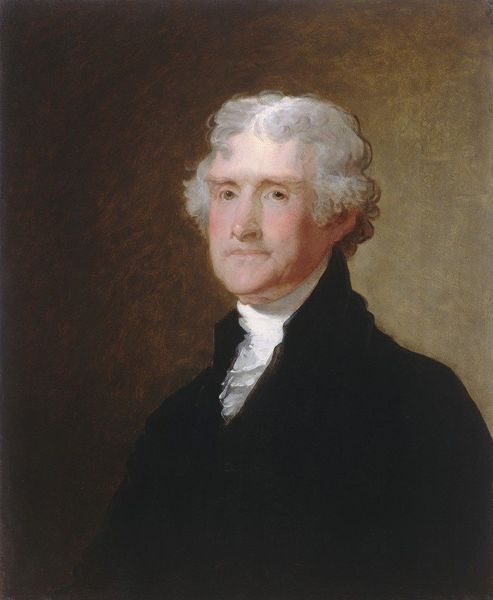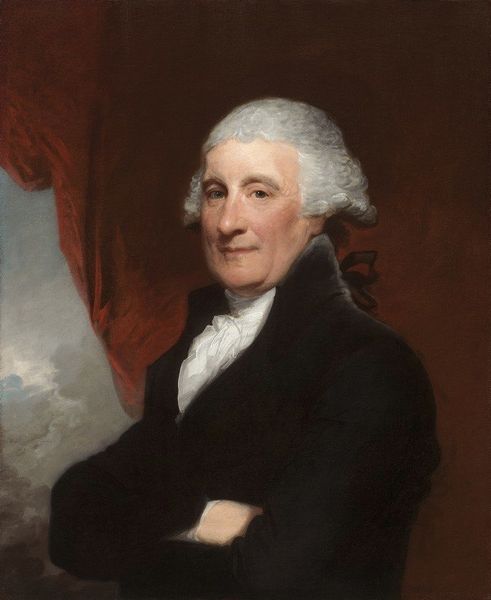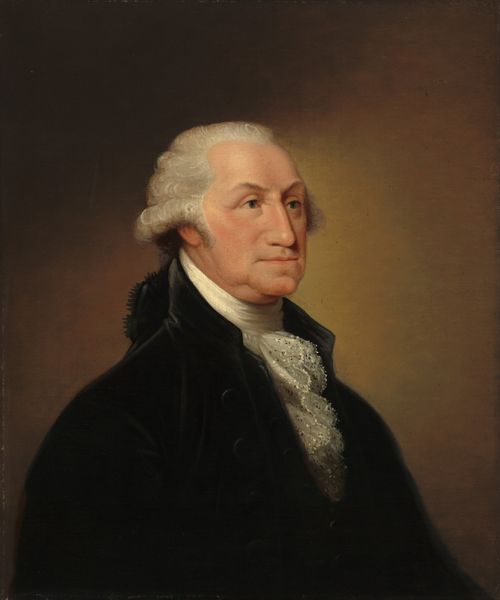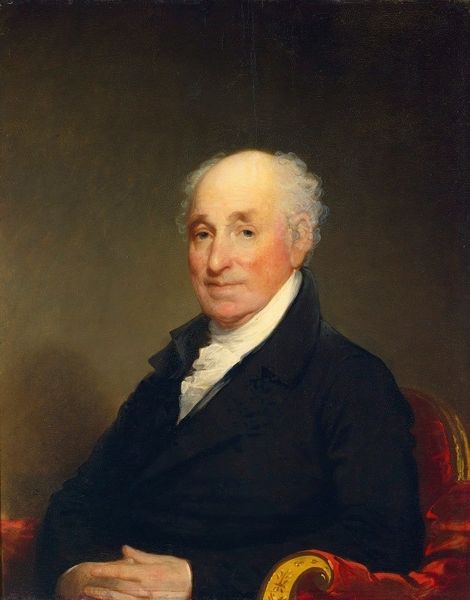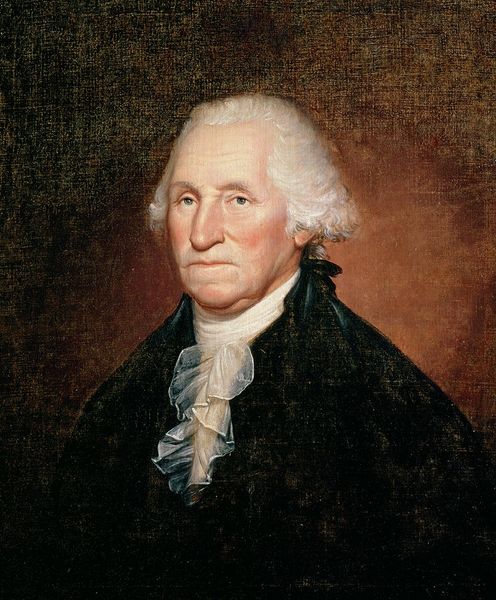
oil-paint
#
portrait
#
oil-paint
#
romanticism
#
realism
Copyright: Public domain
This portrait of Rev. Alexander Carlyle was painted by Henry Raeburn, likely using oil on canvas. The visible brushwork tells us much about the context of its creation. Raeburn's technique wasn’t about concealing the labor, but rather making it evident. This was typical of portraiture at the time. But what may seem like purely aesthetic choices have social significance. With each deliberate stroke, he wasn’t just capturing a likeness; he was performing a service for his wealthy clientele. The visible brushwork becomes a signifier of value. Consider the labour involved: preparing the canvas, mixing pigments, and the sheer time invested in layering paint to create depth and form. All this translates into a costly commission, beyond the reach of the working classes. Raeburn was not just a painter, but a participant in a system of value, where skill, time, and materials converged to create an object of status. So, looking at the brushstrokes isn’t just about appreciating the artist’s technique. It's also about understanding the economics of art, and the cultural values it embodies.
Comments
No comments
Be the first to comment and join the conversation on the ultimate creative platform.
